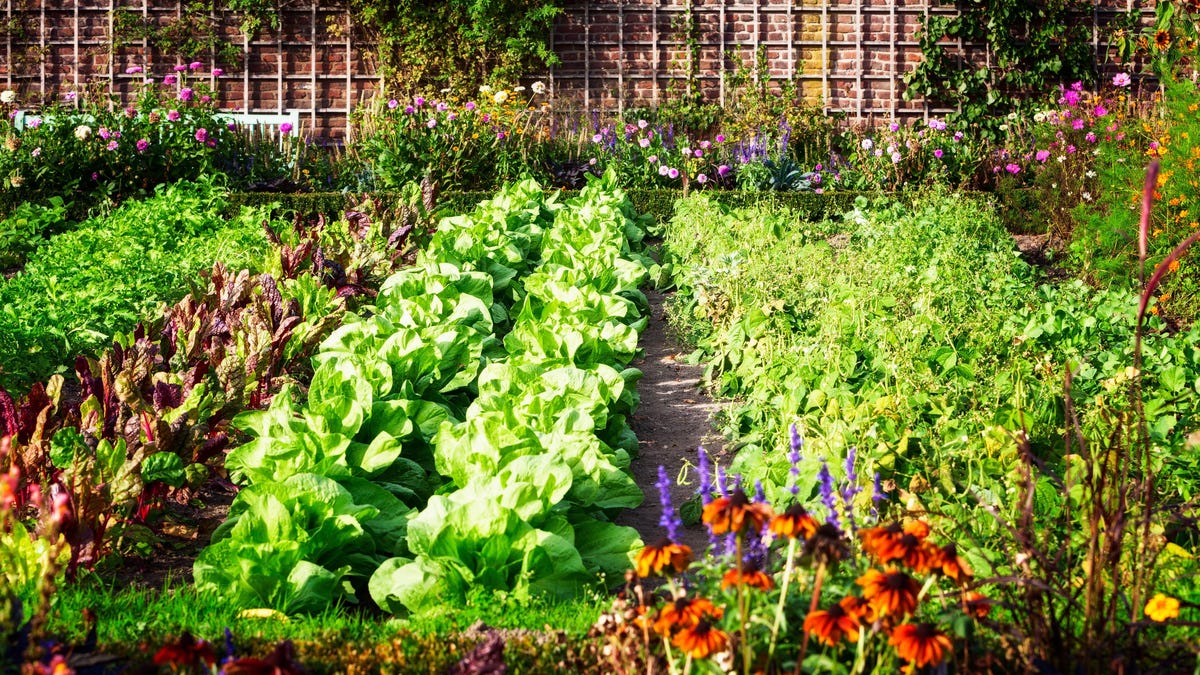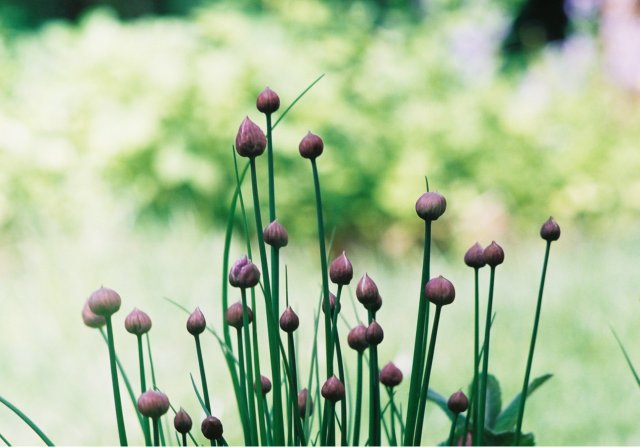- cross-posted to:
- hackernews@derp.foo
- cross-posted to:
- hackernews@derp.foo
I think the math in this assumes everything is being sown directly into the ground, which for a lot of things is the least space-efficient option.
You can hang-grow tomato plants, vertical garden stuff that doesn’t need much soil, and build potato towers to reduce the footprint (25 sqft turns into 5 sqft pretty easily), and leaf veg/herbs grow very well in window planter boxes or pots (with or without supplemental light). You can also grow mushrooms for protein and those hardly take up any space, and can produce very prolifically (and are mostly grown inside anyway).
Lots of options to reduce the actual space needed to grow stuff for self-sustaining food.
Although I’m honestly an advocate for either growing in soilless (cococoir) or hydroponic, if you have the space to have those inside. A single tomato plant is enough for most people, and a couple bell pepper or other self-pollinating plants (easier than pollinating them yourself with a paint brush). Year round fresh foods are so worth it, and a lot easier than canning everything.
I think the problem with hang-growing is that you have to spread out your rows further apart to allow enough sunshine to get to the bottom layers. However there are some plants that do very well when grown in the same space, such as the ‘three sisters’ method. It would be interesting to see a study done based off of modern knowledge to see how much actual space would be needed for the largest variety of food, and what kind of failure rate you should expect without access to fertilizers or pest control.
I think we might be looking at this fundamentally differently.
I’m not talking rows of hanging plants, that’s probably worse than direct sowing, given the shade footprint. You put those where nothing else grows, or to shade plants that need some shade.
So like over concrete, between beds if your yard sucks for in-ground (mine is gravel 3 inches down) or off a porch or something.
Ah gotcha… I thought you were referring to maximizing the amount of crops in a given area where you basically planted in all three dimensions to use up less yard space. And sure, with proper planning you could still do that to some degree, I was just imagining rows of tightly-spaced hanging baskets all competing for sunlight.
I’m sorry but this article is ridiculous.
-Proteins. If you’re going to survive on a garden, you won’t be eating meat.
…
Growing lima beans on poles will require about six square feet of garden per person.Like for a meal or two. Not for a year. Not to survive on.
I’ve grown all kinds of things. Worked at community farms. Been hired to grow fruits and veg for other people at their homes as a side thing. Pruned and managed small fruit tree orchards.
A 2 foot by 3 foot patch of beans takes 60 to 90 days to grow, and that is not going to feed anyone more than once or twice. Whoever wrote this does not know what they are talking about. Like at all.
The hard truth that a lot of people are not ready to hear is that complete off the grid survival takes many hands. No one person or anal family can survive alone. I don’t know what the number of people would be, but if have to guess it would be 10-30 minimum.
giggles
Idk. If you’ve got years of experience and set it up right you can bring the work load way, way down. But the space they’re discussing here is just so off base. Depending on how many grow cycles you can do in a year (how long/cold your winters are), you can expect to feed about 4-8 people per acre. That’s about 5-10,000 sq feet per person. For a full year. All their food.
The 4,000 sq foot number the article refutes is close-ish given the right climate, but you can’t space crops that close. They’re just unmanageable and also will shade each other out.
Again, if you’re experienced and setting it up right, you can mostly manage about 1 acre on about 4-8 hrs work/week, maybe a bit more certain times of the year (with more daylight), plus some long weekends here and there to clear and plant new crops, redo drip, big stuff like that.
So, mostly, the issue here is they are way underestimating space requirements to actually survive off a garden. (Plus, if you’re surviving off of it you really need to at least double plant space for everything to deal with failures/pests/etc.) If they had just written their article like ‘here’s how much space you really need to grow some fresh veg for your family at home’ that’d be fine, but saying someone can survive off 6 square feet of lima beans for a year’s worth of protein is utter bullshit.
This really underplays the food storage and preparation required to live off your own garden. No talk about pickling and storing vegetables to last. Great rule of thumb about space but nothing about the effort
Preserving is absolutely the worst part of bumper crops.
It takes multiple full days of work throughout the growing season to preserve everything for winter. It’s a ton of effort.
That’s like 90% of the reason I advocate for growing 3-5 plants inside (only one tomato, omg only one tomato), space permitting. They will produce year round for years off a single plant if well tended.
Year round fresh abundant tomatoes beat the pants off growing 12 plants in summer and needing to spend literal days preserving the haul (plus the investment in glass). Same with bell peppers. Squash needs to be hand pollinated, but if you grow that inside you do get to choose how much the plant produces, and it’s less likely to come down with powdery mildew and stuff, so that’s super nice, too.
Exactly. We grew like 3 tomatoes our first year and it was so much we ended up throwing some of them away. This year we did 1 pickling cucumbers and it’s more than enough.
We are doing herbs inside all year before doing one other crop maybe.
Herbs are good, and you should consider growing lettuce or spinach. You can mix it into stuff if you don’t salad, it’s good fiber and easy to grow in the same conditions as herbs indoors.
If you ever feel like growing something in a closet with a few standard 60 watt-equivalent leds (or a cheap grow light), bell peppers are expensive enough to warrant home growing, are self-pollinating, very easy to grow in a soilless or hydroponic medium, and tend to grow very dense flesh so even if the pepper is smaller it’s more meaty and flavorful.
Cucumbers also do really well with a soilless medium, but are not self-pollinating. If you want to limit your harvest, just don’t pollinate some of the female flowers, and the plant will spend more energy on those remaining.
There are a lot of plants that will continually produce for x time, if kept in good growing conditions. Tomatoes and peppers are “many years, possibly indefinitely”, and there are other plants which are the same, but maybe require more work. Totally worth looking into.
(This is a special interest of mine, I’m working on creating a root crop system to give away freely, especially for low income households)
As others have said, this article is not very accurate. Annual crops produce over a short window, so one would need to have successive crops lined up in order to keep the space productive. Growing something to get only one harvest is a very poor return on investment. If one wants to survive without depending on “the system” at all, then trying to do so outside of the equatorial zone is living life on hard mode.
Near the equator, one could survive on only bananas for a while, and that would take a small fraction of a hectare, probably about as much space as this article talks about, but realistically, eating only banana long-term is not feasible, and growing more variety requires more space. There is also the feast-or-famine issue if the gaps between harvests are too long. Preservation of the harvest is time-consuming and requires infrastructure that not everyone has (e.g. refrigeration). Living in a neighbourhood where everyone is growing food in order to survive would allow for trade, and so each individual/household would not need to diversify their food production as much, and someone’s excess that they cannot preserve could fill someone else’s harvest gap, reducing the total amount of land that each requires. Ideally, that’s the way to do it, and some people are trying. Tree fruits make the most sense as staple foods, since they become self-maintaining after a few years (other than pruning to control size), and in a sufficiently diverse food forest ecosystem, the trees won’t deplete the soil or invite plagues, so they don’t require externally-produced fertilisers and -icides. With enough different species and a fairly non-seasonal climate, it’s possible to grow enough fruit year-round, with some high-calorie staple(s) always in season.
But lettuce and lima beans? Good luck with that.
George Miller has a good documentary on this with Tom Hardy which covers stacking stuff if space is tight.








